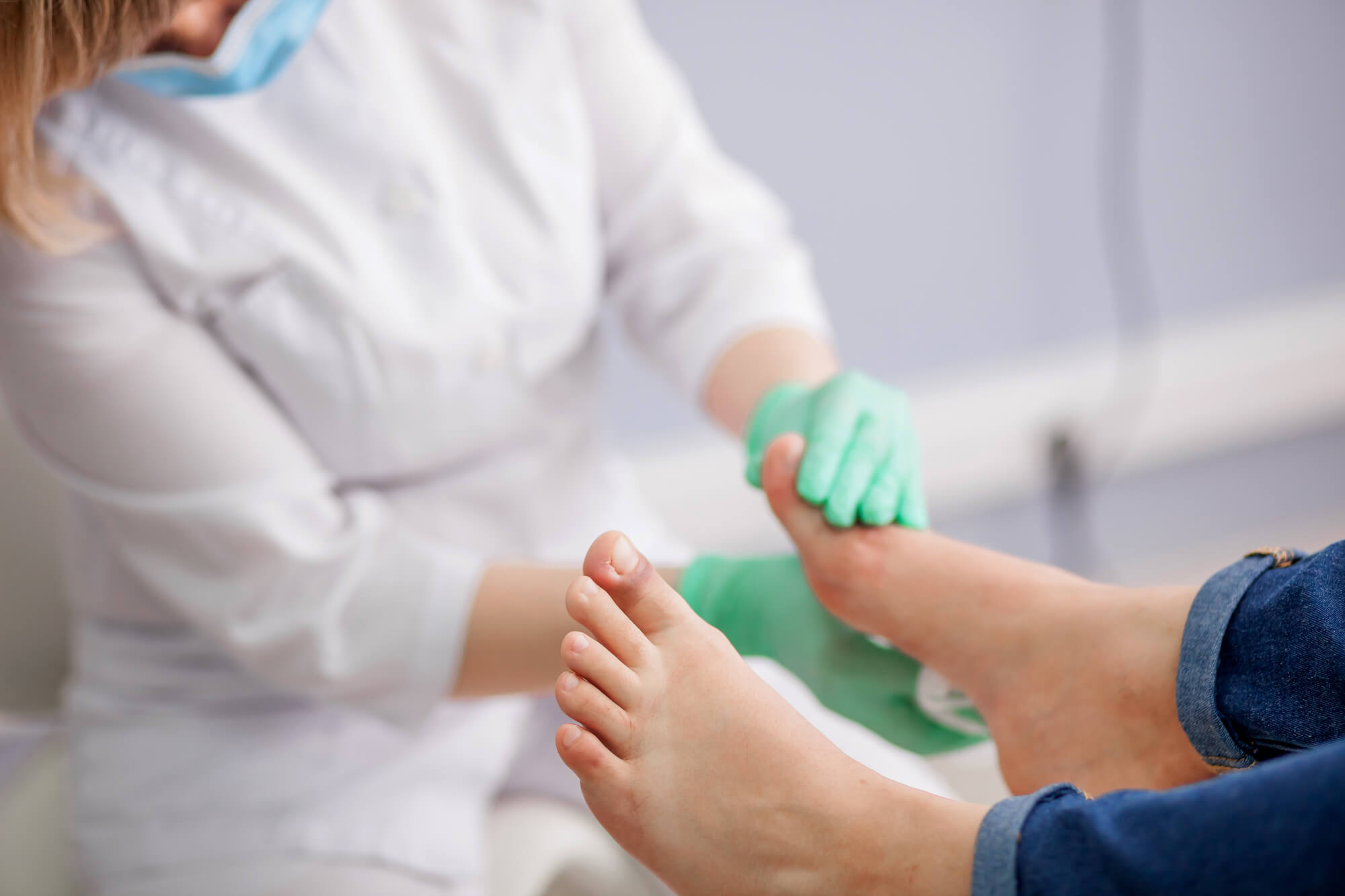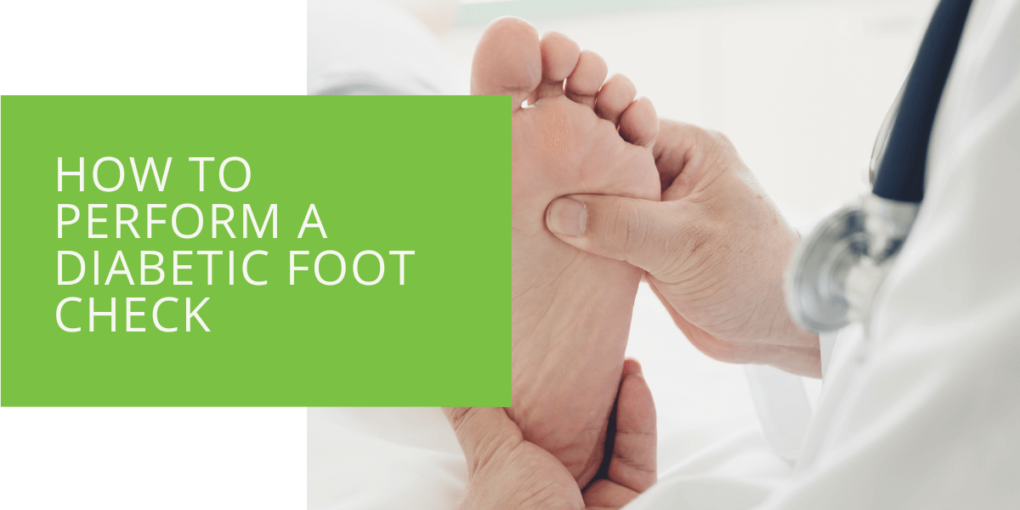How to Perform a Diabetic Foot Check
People with diabetes are prone to foot problems that can lead to severe complications. One such problem is diabetic foot, which can result in foot ulcers, infection, and even amputation if left untreated. Performing regular foot checks is crucial for people with diabetes as it can help detect issues early on and prevent complications. In this article, we will guide you on how to perform a thorough diabetic foot check.
Preparing for the Foot Check
Before performing a diabetic foot check, you need to gather a few materials such as a mirror, warm water, a towel, and a monofilament. Proper hygiene practices are essential before the foot check, and you should wash your feet with warm water and dry them with a towel. It is essential to perform the foot check in a comfortable, well-lit location. Ensure that you are wearing shoes and socks that are easy to remove.

Steps for Performing the Foot Check
Step 1: Inspect the Foot
Inspecting the foot is the first step in a diabetic foot check. Look for cuts, blisters, swelling, redness, and calluses. Ensure you check between the toes and underneath the foot. People with diabetes should be extra careful when trimming their toenails, as cuts or injuries can result in infections.
Step 2: Check Foot Temperature
Checking the foot temperature is the next step in a diabetic foot check. Areas of increased or decreased temperature can indicate foot problems. A warm foot may indicate an infection, while a cold foot may indicate poor circulation. You can use the back of your hand to check the temperature of your feet.
Step 3: Check Foot Pulses
Checking foot pulses is essential in a diabetic foot check as it can detect problems with circulation. You can check foot pulses by placing your fingers on the top of your foot and feeling for a pulse. If you can't feel a pulse, it's essential to seek medical attention.
Step 4: Check for Loss of Sensation
Checking for loss of sensation is crucial in a diabetic foot check, as peripheral neuropathy is a common complication of diabetes. You can check for loss of sensation by using a monofilament. A monofilament is a thin, flexible wire that tests the ability to feel pressure. If you can't feel the monofilament, it indicates a loss of sensation, and you should seek medical attention.
In addition to the monofilament test, you can also check for loss of sensation by checking ankle reflexes and using a tuning fork. Loss of sensation is a serious issue that can lead to foot problems, and it's essential to detect it early.
What to Do if Abnormalities are Detected
If abnormalities are detected during a diabetic foot check, it's important to seek medical attention immediately. Early detection and prompt treatment can prevent complications and even save your life. In addition to seeking medical attention, there are other steps you can take to prevent foot problems, such as:
- Wearing shoes and socks that fit properly
- Checking your feet every day
- Keeping your feet dry
- Avoiding going barefoot
- Taking care of calluses and corns

The Importance of Regular Visits to a Podiatrist for People with Diabetes
Regular visits to a podiatrist and other healthcare providers are crucial for people with diabetes to maintain proper foot care and prevent complications. A podiatrist is a healthcare professional who specializes in the diagnosis and treatment of foot and ankle problems. Podiatrists play an essential role in the care of people with diabetes, as they can provide additional guidance on foot care and identify potential issues before they become serious.
During a visit to a podiatrist, they will examine your feet, check for any issues, and provide guidance on proper foot care. They can also help you choose appropriate footwear, provide wound care for any cuts or blisters, and monitor the progression of any foot problems. Regular visits to a podiatrist can help identify potential issues before they become serious, which can prevent complications and reduce the risk of amputation.
In addition to visits to a podiatrist, people with diabetes should also have regular visits with their primary care physician or endocrinologist. These healthcare providers can provide guidance on blood sugar management, recommend appropriate lifestyle changes, and monitor for any signs of complications.
It's important to note that not all foot problems are visible or immediately apparent, which is why regular visits to a podiatrist and other healthcare providers are critical. Some foot problems, such as peripheral neuropathy, can occur without any visible symptoms but can still cause significant damage. Regular check-ups can help detect these issues early and prevent complications.
Conclusion
A diabetic foot check is a simple yet effective way of detecting foot problems in people with diabetes. Early detection and prompt treatment can prevent complications, including amputation. By performing a diabetic foot check regularly, you can take control of your diabetes care and to avoid foot problems. Remember to check your feet every day, wear proper shoes and socks, and seek medical attention if you detect any abnormalities. Taking care of your feet every day can save your life.

